#Giuseppe De Santis
Text

Raf Vallone-Lucia bosé "No hay paz bajo los olivos" (Non c´è pace tra gli ulivi) 1950, de Giuseppe de Santis.
25 notes
·
View notes
Text
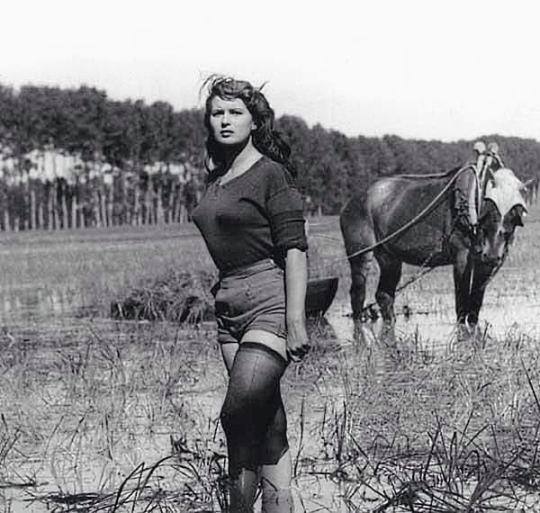
Silvana Mangano, Riso amaro, Giuseppe De Santis, 1949
18 notes
·
View notes
Text
OSSESSIONE:
Drifter stops by inn
Helps woman kill her husband
His guilt consumes him
youtube
#osessione#obsession#random richards#poem#haiku#poetry#haiku poem#poets on tumblr#haiku poetry#haiku form#poetic#massimo girotti#Clara calamai#luchino visconti#Mario Alicata#giuseppe de santis#Gianni Puccini#James m Cain#the postman always rings twice#film noir#italian neorealism#1001 movies#1001 movies you must see before you die#Youtube
2 notes
·
View notes
Photo

Bitter Rice (Giuseppe De Santis, 1949)
Cast: Vittorio Gassman, Doris Dowling, Silvana Mangano, Raf Vallone, Checco Rissone, Nico Pepe, Adriana Sivieri, Lia Corelli, Maria Grazia Francia. Screenplay: Giuseppe De Santis, Carlo Lizzani, Gianni Puccini, Corrado Alvaro, Carlo Musso, Ivo Perilli. Cinematography: Otello Martelli. Production design: Carlo Egidi. Film editing: Gabriele Varriale. Music: Goffredo Petrassi.
Those of us of a certain age can remember when the phrase "foreign film" meant one thing: sex. Which was something the Production Code-ridden American film had long tried to persuade us didn't exist, or at least not outside of marriage. But when European filmmakers began to recover from the war, they were under no such constraints, so a certain whiff of the forbidden tended to accompany even the most artistically conceived French or Italian releases. Even the more austere Scandinavian films were the victims (some would say beneficiaries) of prurient distributors: Ingmar Bergman's Summer With Monika (1953) was snapped up by one who cut it by a third, while carefully retaining Harriet Andersson's nude scene, and marketed it as Monika, the Story of a Bad Girl. For a long time, what Americans associated with the phrase "French film" was not Renoir or Bresson, or even Godard or Truffaut, but Brigitte Bardot. And for many Americans, their introduction to Italian neorealism was not the documentary-like work of Roberto Rossellini in Open City (1945) and Paisan (1946) or of Vittorio De Sica in Shoeshine (1946) and Bicycle Thieves (1948), but Giuseppe De Santis's Bitter Rice, with its posters and lobby cards emphasizing the voluptuous Silvana Mangano. The story has it that Bitter Rice began with a documentary inspiration: De Santis was riding on a train and noticed that it was full of working-class and peasant women. He learned that they were returning from their annual work in the rice fields of the Po Valley, where women were the primary workers because their smaller hands made them more efficient at planting and harvesting. De Santis was a member of the Italian Communist Party, and the more he investigated, the more the exploitation of the rice workers seemed to him the perfect subject for a film of social commentary. His first film, Tragic Hunt (1947), about the struggles of peasants to form a cooperative, had been well received, and he got the backing for Bitter Rice from Dino Di Laurentiis's new production company. Together with Carlo Lizzani and Gianni Puccini, he put together a story and began casting, signing up handsome newcomers Vittorio Gassman and Raf Vallone for the key male roles and the young American actress Doris Dowling, who had just made an impressive appearance as a call girl in Billy Wilder's Oscar-winning The Lost Weekend (1945), for the female lead. And then he discovered 19-year-old Silvana Mangano and the fine line between serious social-problem film and exploitation film was crossed. Mangano's innate sensuality threw the story off track, to the point that even today all anyone remembers about Bitter Rice is her vivid presence in it. Poor Doris Dowling becomes a secondary player, and the much worked-over screenplay shows the sometimes awkward efforts to integrate Mangano's character into the original plot, in which Dowling and Gassman play thieves on the run, with Dowling's Francesca hiding out among the rice-workers, while Gassman's Walter cooks up a scheme to hijack the entire rice crop. There is much ado about a stolen necklace that turns out to be fake, and a little bit of social commentary about the conflict between the unionized workers and the freelance "illegals." Traces of the original documentary inspiration remain in the movie, in between scenes of Mangano dancing and seducing Gassman and Vallone, and De Santis is a keenly observant director with a gift for staging impressive shots, deftly aided by cinematographer Otello Martelli. But the failure to assemble a coherent story undermines the whole project, so, naturally, De Santis and Lizzani were nominated for the best motion picture story Oscar.
5 notes
·
View notes
Text
CACCIA TRAGICA - (Giuseppe De Santis, 1947)

The best film by De Santis is a social melodrama, a conflict between landowners and the farmers of a nascent agricultural cooperative who struggle to organize themselves to survive misery. A dry, tense, violent and passionate film that speaks of the failures produced by the war ad the moral and social degradation of an entire people where, however, love and hope are (perhaps) still possible.
Four of the best Italian actor of the 1940s: Carla Del Poggio, Vivi Gioi, Andrea Checchi and Massimo Girotti, are the protagonists of a great movie I put among the best of the whole Italian cinema of the afterwar.
r.m.



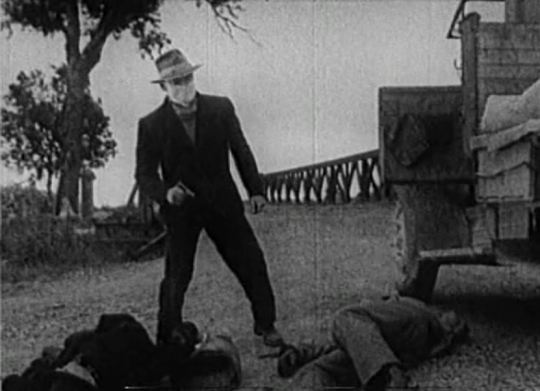
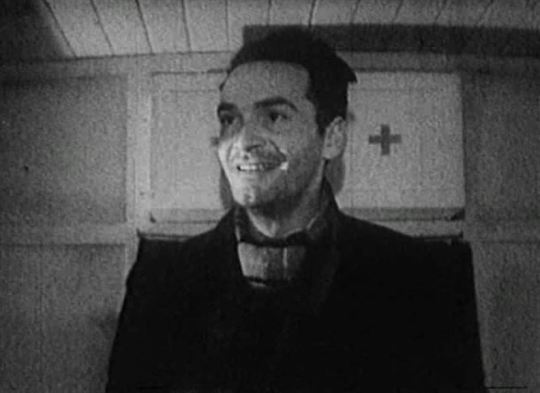
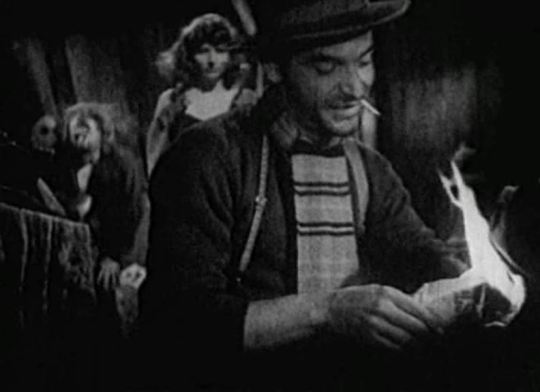
R.M.
0 notes
Text


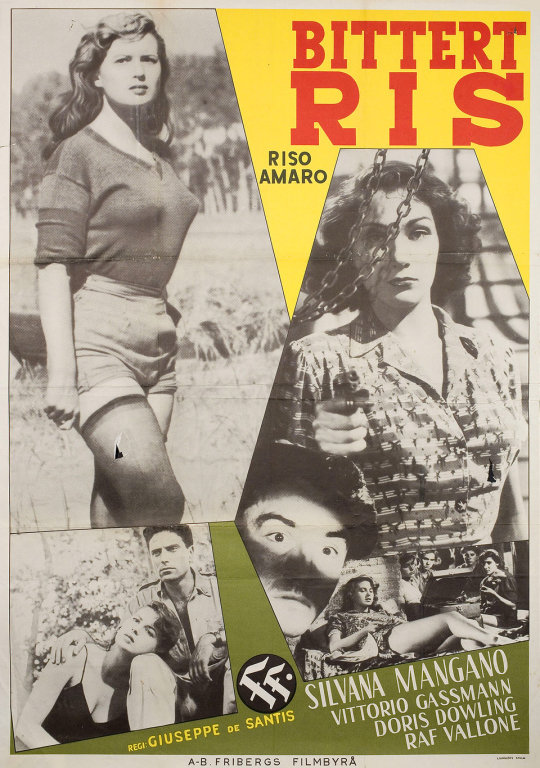


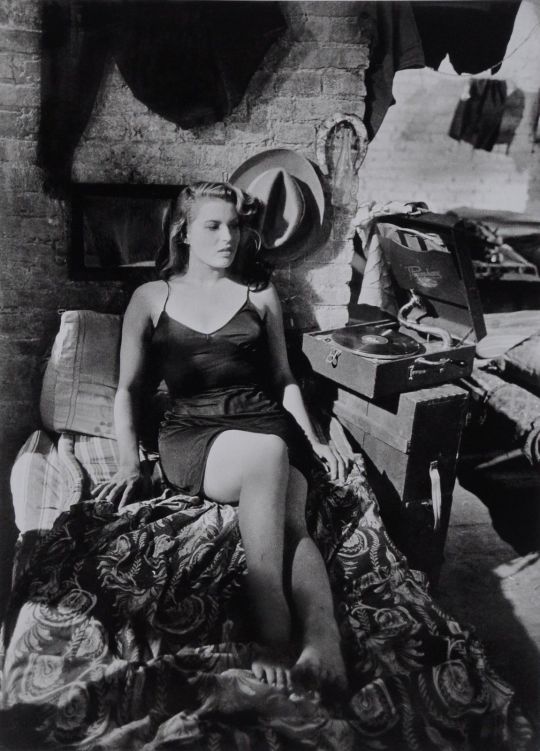




Bitter Rice (Riso amaro) (1949) Giuseppe De Santis
December 6th 2023
#bitter rice#1949#Riso amaro#giuseppe de santis#silvana mangano#doris dowling#vittorio gassman#raf vallone
0 notes
Text
Uno scherzo di Leopardi
(…) questo ingegno terribile del Leopardi,
il quale era stato tanto greco nell'Inno a Nettuno,
nella Canzone di Simonide,
nel Canto di Saffo,
tanto romano nell'estreme parole di Bruto secondo,
tentò una volta di farsi trecentista
in quel supposto volgarizzamento di Martirio:
e d'alcuna cosa gli fallì il successo.
Io non dirò ch'egli in cuor suo credesse di aver toccato veramente il segno,
ma certo confidossi di avere ingannato il mondo;
e vedrete com'egli scrivendone al cugino romano se ne compiace
e si tiene sicuro perchè vi restò preso il povero Cesari (*).
(Pietro Giordani)
(*) Famoso per essere stato il maggiore dei "puristi", cioè di quegli studiosi di lingua che, tra la fine del Settecento e il principio dell'Ottocento, fecero argine all'imbarbarimento della lingua dovuto soprattutto all'influenza del francese, richiamando gl'Italiani allo studio e all'imitazione dei nostri scrittori antichi, e specialmente dei trecentisti.
Un tratto che amo molto di Leopardi è la consapevolezza che gli permetteva di valutare lucidamente sé stesso e gli altri, tanto da fargli pensare che nessuno potesse essergli giudice, esemplificato dalla frase del Giordani: egli sapeva di non aver raggiunto l'eccellenza nell'imitazione, ma sapeva di essersi avvicinato ad essa quanto bastava per ingannare gli altri. Così, fra i dolori dell'"infelice" Leopardi, posso immaginare che ci sia stato, a mitigarli, questo gratificante pensiero di essere un gradino più su di tutti gli altri…
#leopardi#pietro giordani#martirio de' santi padri del monte sinai e dell'eremo di raitu#imitazione#antonio cesari#giuseppe melchiorri
5 notes
·
View notes
Text
Madri sante santificano i figli
Nella storia del cristianesimo le madri, con in testa la SS. Vergine Maria, hanno avuto un ruolo fondamentale. Tanti gli esempi, da santa Silvia (madre di san Gregorio Magno) alla serva di Dio Emilia Kaczorowska (madre di san Giovanni Paolo II). Ecco una panoramica.
Continue reading Untitled
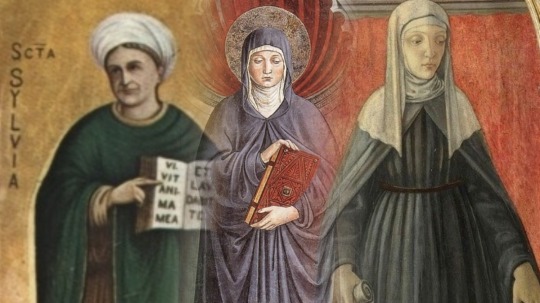
View On WordPress
#Emilia Kaczorowska#Giuseppe De Nunzio#Margherita Occhiena#maternità#Santa Brigida#Santa Monica#Santa Silvia#sante e beate#santi e beati#santità
2 notes
·
View notes
Text
asemic writing: palermo 14 maggio, roma 15 maggio
Due mostre, un seminario e una tavola rotonda. Martedì a Palermo e mercoledì a Roma due importanti appuntamenti asemici. Prendere nota.>> Martedì 14 PALERMOGabinetto dei Disegni e delle Stampe – Palazzo Fernandez Via Papireto 20 ore 12:00 Inaugurazione mostra “Scrittura Asemica. Nuove acquisizioni della Collezione del libro d’artista della Biblioteca dell’Accademia di Belle Arti di Palermo” (14…
View On WordPress
#ABAPA#Accademia di Belle Arti di Palermo#Ada De Pirro#Alfonso Lentini#Angelo Dimitri Morandini#Annalisa Retico#Antonio Francesco Perozzi#asemic#asemic writing#asemics#Biblioteca dell’Accademia di Belle Arti#Cinzia Farina#Claudio Zambianchi#Collezione del libro d’artista#dibattito#Enzo Patti#Eugenia Di Meo#Fabio Lapiana#Giuseppe Calandriello#glitch#graffiti urbani#Gustavo Giacosa#Laura Cingolani#libri d&039;artista#libri d&039;artista asemici#libri dei Santi#Marcello Carriero#Marco Cassarà#Marco Giovenale#Maria Antonietta Malleo
0 notes
Text
alluci (pt. 2)
Il metatarso di San Giuseppe s'è peduncolato di inimitabile alluce nel tondo michelangiolano della Palatina (Sacra Famiglia): il qual ditone, per una porzione minima invero, ha tegumento pittorico dal ditoncello della Sposa: una luce livida e pressoché surreale, o escatologica forse, propone l'Idea-Pollice, altamente incarnandola vale a dire ossificandola, a' primi piani del contingente: e la recupera subito a' metafisici livori dell'eternità. Il metatarso medesimo protubera pollice pedagno rivale del michelangiolano e palatino (a signiferare il miracolo, o meglio l'audicolo, della castità virile) nei Sacri Sponsali dell'Urbinate, oggi a Brera. La divaricazione dell'alluce solitario e iscarnito dal rimanente branco de' mignoli è resa preclara dalle commessure prospetticamente avvenenti del deterso lastrico, ove non è guscio né buccia di castagna né d'arancia, né foglia vi s'e adagiata né foglio né v'ha orinato uomo, né cane. E il dito mastro, pur disunito da' ditonzoli, alla radice l'è speronato e nocchiuto: e di poi converge all'indentro quasi obbligato dalla gotta o dalla costrizione abituale d'una calzatura momentaneamente dimessa, o direi domum relapsa come troppo fetida per l'ora delle nozze. E risponde, fatto augusto dalla divaricazione, risponde all'estasi alta ed eretta del sottile stelo o bàculo che nottetempo ebbe fioritura bianca di tre gigli, anziché del consueto garofano: e raccatta, dalla congiuntura piuttosto rara della fabrìle innocenza con la fabrìle povertà, valore testimoniale di connotato artigianesco: più d'un alluce di più d'un falegname scalzo, a quel modo.
Per ciò che è dell'iconografia de' due santi, e dei santissimi apostoli in genere, oh non vi dedicò il Manieroni le energie inesauste di un barbivelluto quarantennio di propia età? assistito a ponte e a palàncola, oltreché dal suo fervore di credente, ma dalle qualità tragiche del suo genio e da una salute di ferro: da una corporatura di atleta, da un appetito di profeta: e da una qualche manatella di questi qua, di tant'in tanto, mollàtigli, se pure a contraggenio, da chi gli dava incarico di que' miracoli. Nella edicola delli Du Santi rifiorita e riccioluta di stucchi in un pallore di ricotta, gli venne finalmente fatto di radunare e adibire ad opera i titoli: tutti i titoli di che via via gli s'era andato enfiando il pennello, in vent'anni d'iniziazione e d'alunnato pittorico, di persistita disciplina, in vent'altri di barbifluente maestrato. Polluti d'empito e di franca mano sulla malta allor fresca, cioè a fresco, i due alluci, il petrino e il paulino, palesano tutto il vigore e l'urgenza della creazione... inderogabile, della enunciazione... da coartato impulso, come rischizzati là da resurgiva e da polla... "ch'alta vena preme". Il "creatore" non la faceva proprio più... ad astenersi dalla creazione. "Fiat lux!" E gli alluci furono. Plàf, plàf.
da C. E. Gadda, Quer pasticciaccio brutto de via Merulana
#citazioni#gadda#carlo emilio gadda#pasticciaccio#quer pasticciaccio brutto de via merulana#alluci#manieroni#luce#santi#du santi#paolo#pietro#giuseppe#tondo#michelangelo#sposalizio#raffaello#urbinate#brera
0 notes
Text
è mancato Memo Pirruccio
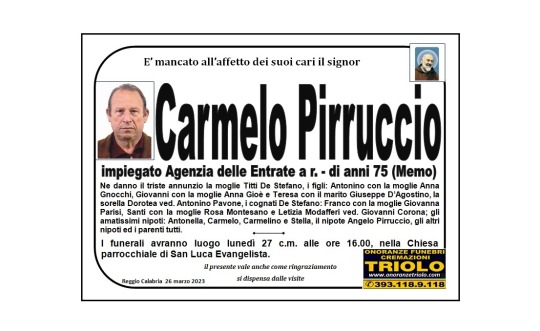
View On WordPress
#Carmelino e Stella#carmelo#Giovanni con la moglie Anna Gioè e Teresa con il marito Giuseppe D’Agostino#gli altri nipoti ed i parenti tutti.#i cognati De Stefano: Franco con la moglie Giovanna Parisi#i figli: Antonino con la moglie Anna Gnocchi#il nipote Angelo Pirruccio#la sorella Dorotea ved. Antonino Pavone#Ne danno il triste annunzio la moglie Titti De Stefano#Santi con la moglie Rosa Montesano e Letizia Modafferi ved. Giovanni Corona; gli amatissimi nipoti: Antonella
0 notes
Text
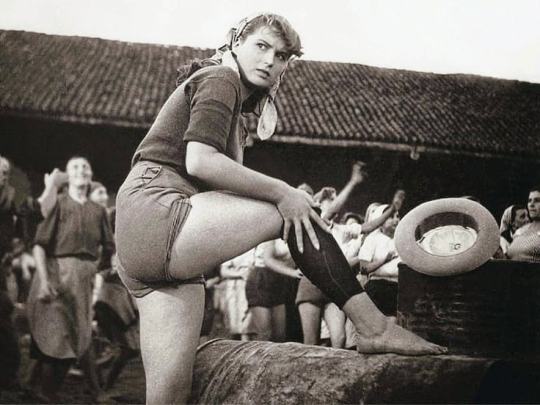
Silvana Mangano, Riso amaro, Giuseppe De Santis, 1949
6 notes
·
View notes
Text
Nuovo libro: Tradizione Romana - decennale di Ad Maiora Vertite
Per il decennale di Ad Maiora Vertite abbiamo deciso di riunire diversi autori, professionisti e tradizionalisti, per la realizzazione di questa raccolta di articoli inediti. Con oltre trenta articoli approfonditi, che rispettano i maggiori standard di Ad Maiora Vertite, questo volume è un interessante approfondimento su vari temi della religione romana.
Scorrendo troverai il link per scaricare…
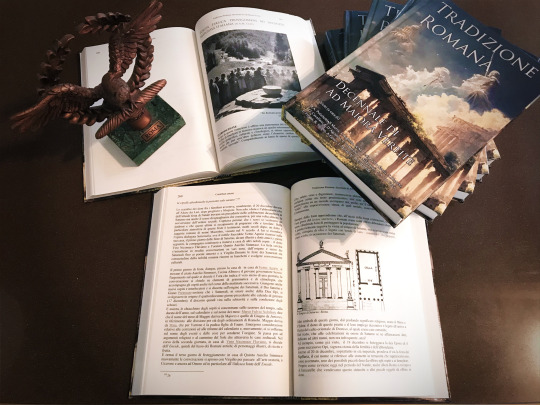
View On WordPress
#Adriano Mattia Cefis#Culto#divinità#Elena Righetto#Emanuele Viotti#Feste#Giovanni De Santis#Giuseppe Arminio De Falco#Romano#Storia#Tommaso Gregorio Cavallaro
0 notes
Photo




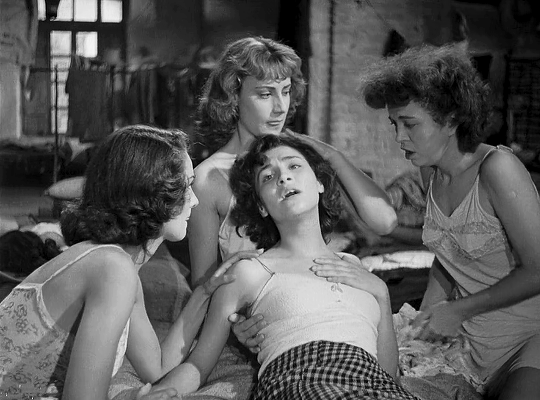
Bitter Rice, 1949
dir. by Giuseppe De Santis
#filmedit#moviehub#filmgifs#worldcinemaedit#dailyflicks#userfilm#movieedit#moviegifs#classicfilmedit#userkraina#bitter rice#italy#1940s#ours#gifs#by teka
749 notes
·
View notes
Text
Since I started by explaining more general things, now I'm going to explain the Paranormal Order and the teams! Maybe a little bit of the characters
So, Ordem Paranormal means Paranormal Order, but the official name inside the lore is Ordo Realitas and its a big and secret organization with headquarters in Brazil.
The agents are divided in teams and usually they are always together to fight the paranormal.
Equipe Aniquiladores: The oldest team! The members include Senhor Veríssimo (a NPC, the Order leader), Aaron (NPC, a mysterious sniper), Balu (Played by Calango, funny guy), Arnaldo Fritz (sometimes a npc, sometimes played by Rakin, a famous actor), Chizue Akechi (a NPC, uses Katanas) and some other unknow people, now inactive;
Equipe Veterana de Varredura: Balu, Arnaldo Fritz, Johnny Tabasco (played by Alanzoka, really impulsive) and Luciano Carvalho (played by LJoga, a former military), now inactive;
Equipe Brasa: Erin Parker (played by Kalera, heavy inspired by Jinx from League of Legends), Fernando Carvalho (also played by LJoga, Luciano's husband), Luciano Carvalho and Tristan Monteiro (NPC, funny flirty guy), now inactive;
Equipe Iniciante de Varredura: The first team to be presented in the series! Its members are Alexsander Kothe (played by LJoga, a history teacher), Daniel Hartmann (played by Luba, a writer), Elizabeth Webber (played by Bagi, a medical doctor and forensic scientist) and Thiago Fritz (played by Rakin, Arnaldo's son), now inactive;
Equipe Veterana: Arnaldo Fritz, Chizue Akechi, Cristopher Cohen (played by LJoga), Francisca Parker (NPC, Erin's grandmother) and Senhor Veríssimo, now inactive;
Equipe E: Second season team! Arthur Cervero (played by Guaxinim, handsome and cute guy), Cesar Oliveira Cohen (Played by Calango, nerd and Cristopher's son), Elizabeth Webber, Joui Jouki (played by Luba, gymnast), Thiago Fritz, now inactive;
Equipe Kelvin: Kenan Thomas (played by Leo Santi), Mariana Carona (played by Bagi), Miguel Cariad (initially played by Calango, later he became a NPC), now inactive;
Equipe D: Third season team! Arthur Cervero, Beatrice Portinari (played by Triz Pariz, has a cool bird), Dante (played by Rakin, an ocultist), Elizabeth Webber, Erin Parker, Fernando Carvalho, Joui Jouki, Kaiser (Cesar Oliveira after some traumas), Luciano Carvalho, Orpheu (the cool bird!) and Tristan Monteiro, now inactive;
Dragões Metálicos: A metal band inspired by Metallica, they're all NPCs! Kurt Hemmis, Leandro Hans, Marcos Front and Roberto Lutrijo, now inactive;
Equipe Espiãs: Team inspired by Totally Spies, they're all NPCs! Alexia Grifo, Clarissa Leão and Samantha Hale, now inactive;
Dupla Johnny e Rubens: Johnny Tabasco and Rubens Naluti (played by Felps, a silly little guy), now inactive;
Equipe Abutres: Balu, Arthur Cervero, Carina Leone (played by Bagi, italian mafia girl), Dante, Joui Jouki and Rubens Naluti, still active;
Equipe Delta: NPC only team: Jiro Yukami, Naomi Akechi and Olivia Lefleur, still active;
Dupla Cavalcante e Wanderley: Cavalcante Bueno (a NPC) and Wanderley Nascimento (played by Rakin)
And also theres teams from another countries or without any contact with the Order:
Hell Hunters: Ex members from SWAT, their headquarters are in Texas, United States, all the members are NPCs. Arnold Strolley, Chloe Grey, Jason Bloom, Karen Brown, Miguel Hernandez, Roy Stevens, Ryder States, Stella Green and Troy Walker;
Obscurité: A french team of anarchists who lives in Paris' Catacombs, almost all of them are NPCs. Bernadette Leroy, Cartier Dubois, Delano Martin, Désirée Menet, Dominic Sy Pierre (played by Abelha), Emmanuelle Adrien, Lorraine Orleans, Marc Menet, Margot Renaud, Maxime Auclair, Oriel Renaud and Yuki Saito (played by Kalera);
Família Leone: Italian mafia, almost all NPCs. Alfredo Leone, Alonzo Leone, Ângela Leone, Antonella Leone, Brando Leone, Carla Leone, Carina Leone, Chiara Leone, Dario Leone, Enzo Leone, Fabrizio Leone, Giuseppe Leone, Lorenzo Leone, Marco Leone, Patrizia Leone and Roberta Leone;
Os Cinco: Team kinda based on Scooby-Doo and in sci-fi 90' movies. Xande (played by Guaxinim, impulsive and cool guy), Dara Venturini (played by Carol, team's support), Chico (played by LJoga), Guizo (played by Felps), Lírio Tellini (played by Gary, he's THE WALL), Morato Vertaler (NPC) and Voytek Nowak (NPC).
Elements | Classes | O Segredo na Ilha
42 notes
·
View notes
